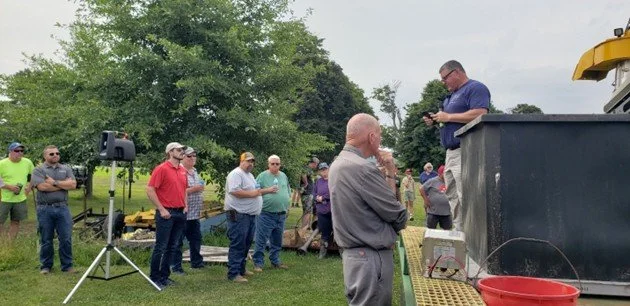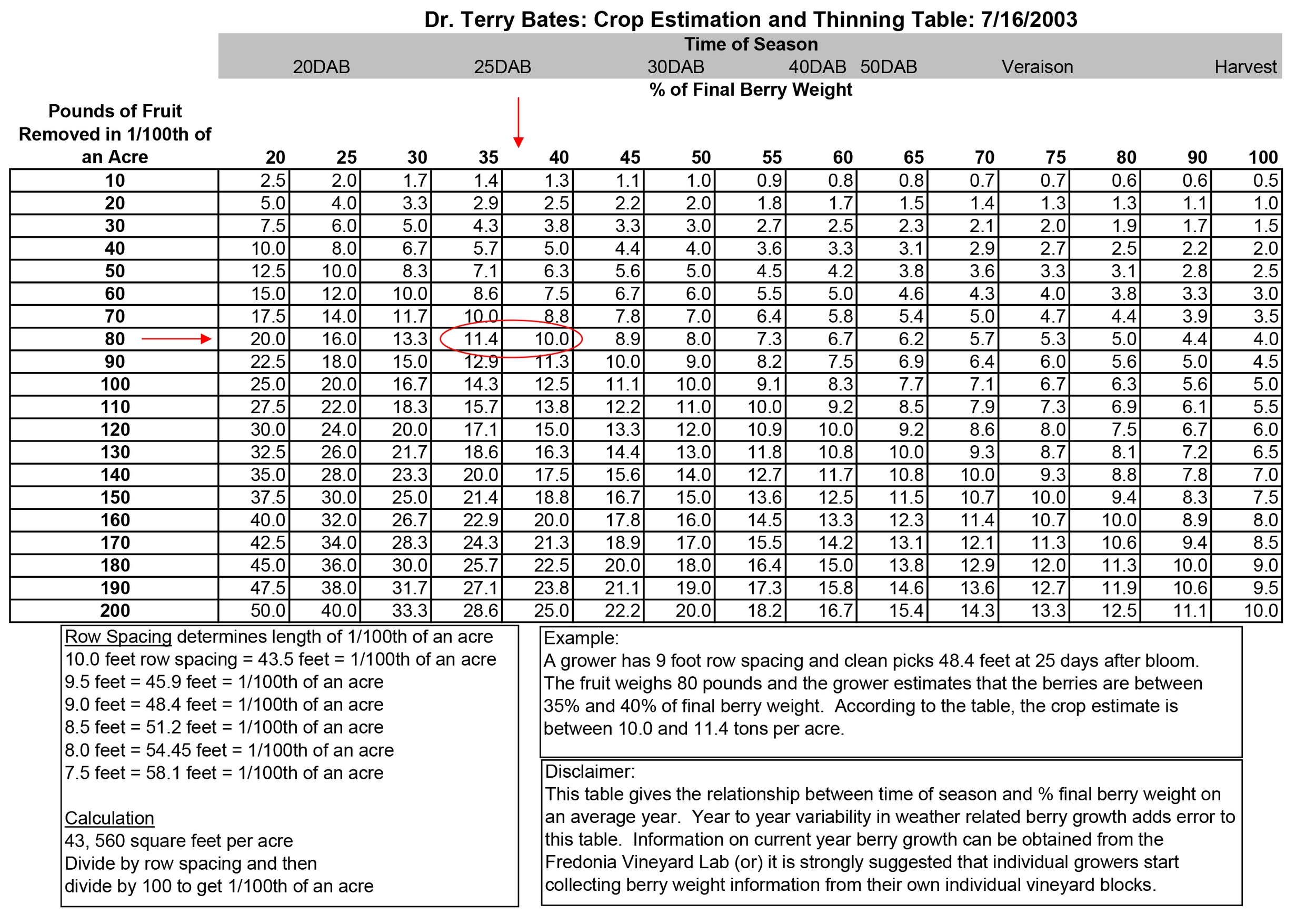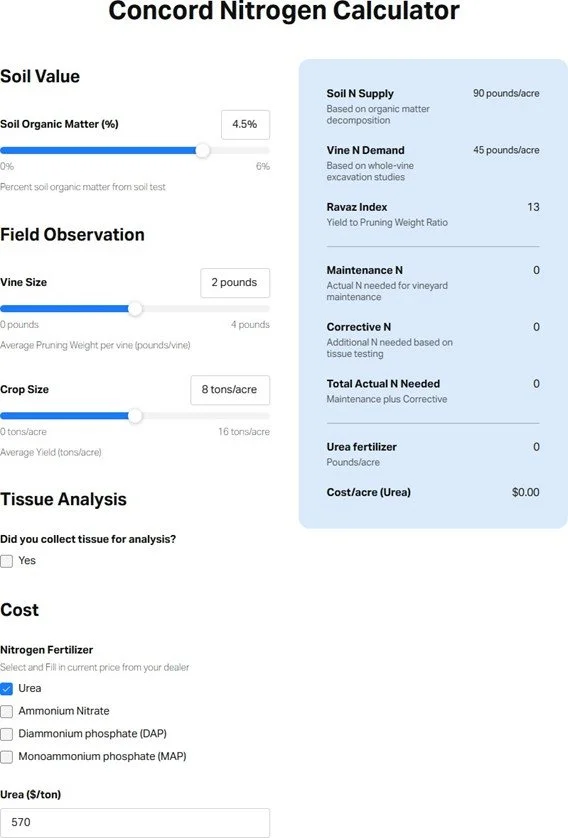Partnership Underscores Proactive, Science-Based Protection Efforts of Lake Erie Grape Industry
Spotted Lanternfly feeding on a grape vine
The New York State Department of Agriculture and Markets (AGM) and the Lake Erie Regional Grape Program (LERGP) announced today (October 31, 2025) a comprehensive, coordinated effort to conduct grid searches for the invasive Spotted Lanternfly (SLF) in and around Ripley, New York. This collaborative initiative reflects a shared commitment to safeguard the region’s grape industry and reassure growers that state partners and the land-grant system are working together to address the potential impacts of SLF on New York’s agricultural crops.
LERGP Team Leader, Jennier Phillips Russo, said, “Protecting our growers is at the heart of our land-grant mission. By combining local expertise with State resources, these structured grid surveys allow us to detect any presence of Spotted Lanternfly quickly and respond decisively. We want growers and community partners to know we are on it—methodically, transparently, and with urgency.”
State Agriculture Commissioner Richard A. Ball said, “Thanks to the collaboration with our partners at the Lake Erie Regional Grape Program, we are able to ensure a thorough and rapid response to reports of SLF in the area. While we continue our work to manage SLF, we are focused on doing all we can to protect the grape and wine economy in this region.”
SLF (Lycorma delicatula) is an invasive planthopper that feeds on grapevines and other hosts, excreting honeydew that promotes sooty mold and can lead to reduced vigor, fruit quality issues, and significant economic losses. Early detection and rapid response are critical to minimizing spread and protecting vineyards.
The grid searches, conducted by trained teams from AGM’s Division of Plant Industry and LERGP, used systematic, block-by-block visual scouting to look for all SLF life stages, including egg masses and adults. Surveys, which took place over the course of a few weeks, prioritized high-risk corridors and habitats, including vineyard edges, transportation routes, rail lines, warehouse areas, and sites with Tree-of-Heaven (Ailanthus altissima), a preferred host. Data was mapped and shared in real time to inform follow-up actions and, if necessary, containment and eradication efforts.
This effort builds on the strengths of the land-grant system—research-based guidance, local relationships, and responsive extension supported with the enforcement, regulatory, and diagnostic capabilities of the State. Together, the partners will:
focus on early detection, rapid reporting, and rapid follow-up where suspect findings occur,
share timely updates and best practices with growers and the community, and
provide guidance on sanitation and movement of materials to reduce accidental transport.
How growers and residents can help:
Know what to look for, including all SLF life stages: gray, putty-like egg masses (wintertime); black or red-spotted nymphs (spring and early summer); and distinctive adults with spotted wings (late summer to winter).
Know what to do: More information about reporting and egg scraping is below.
Inspect and clean: Check vehicles, equipment, pallets, trailers, and outdoor items before moving them.
Manage hosts: Identify and manage Tree-of-Heaven on and near vineyard properties, where appropriate.
Report suspect sightings in the grape growing regions promptly through AGM’s SLF reporting channels and contact your local extension office for guidance. Click here to report: ReportSLF.com.
“Collaboration like this makes a real difference,” Jennifer Phillips Russo added. “Our growers can be confident that monitoring is thorough, the science is sound, and the response is coordinated. We will continue to communicate what we find and what it means for vineyard management.”
For updates on SLF monitoring and management recommendations, growers can contact the Lake Erie Regional Grape Program or visit the New York State Department of Agriculture and Markets’ online resources.
Identifying SLF and SLF Egg Masses
SLF egg masses, photo from Cornell CALS
Adult SLF are easy to identify and are approximately one inch long and half an inch wide at rest, with eye-catching wings. Adults are active from July to December and begin laying eggs in September.
Eggs are laid in one-inch-long segmented rows of up to about 50 eggs covered in a creamy-white, putty-like substance that becomes pinkish-gray as it dries. After a few weeks, the covering turns a darker tan and starts to crack, resembling a splotch of mud. Depending on the substrate, egg masses can be difficult to see and may be laid in protected locations that are difficult to inspect thoroughly.
Photos and additional information about identification and SLF lifecycle are available on New York State Integrated Pest Management’s (IPM) website.
Scraping Egg Masses
SLF can lay their eggs on any number of surfaces, such as vehicles, stone, rusty metal, outdoor furniture, and firewood. Residents are asked to scrape egg masses off the surface using scraper cards, credit cards, or anything else that is hard, tapered, and flat. Kill the eggs by putting them into a re-sealable bag that contains rubbing alcohol or hand sanitizer and dispose of them in the solution to be assured they will not hatch. Each egg mass contains up to 50 eggs, so removing as many as possible can reduce the numbers that will hatch in the spring.
New York State’s Response
Since the first detection of SLF in New York on Staten Island in 2020, AGM, the New York State Department of Environmental Conservation (DEC), and New York State Integrated Pest Management (IPM) have been working closely with partners statewide and nationally, such as the New York State Office of Parks, Recreation and Historic Preservation, Department of Transportation, Thruway Authority, the United States Department of Agriculture, and the Cornell Cooperative Extension network to slow the spread of this invasive insect. The State’s work focuses on tracking the presence of SLF to be sure that growers and other impacted parties are prepared and have access to current management information.
Learn more on the Department’s website at agriculture.ny.gov/spottedlanternfly. Additional information about managing SLF can be found on Cornell CALS IPM’s website.
SLF Impacts to New York Agriculture
The estimated total economic impact of invasive insects in the United States exceeds $70 billion per year, and if not contained, SLF could have an impact to New York State of at least $300 million annually, mainly to the grape and wine industry, which ranks third in the country in production. SLF also has the potential to significantly hinder quality of life and recreational activities due to the honeydew and the swarms of insects it attracts.
About the Lake Erie Regional Grape Program
The Lake Erie Regional Grape Program provides research-based extension support to the grape industry in the Lake Erie region, helping growers improve vineyard productivity, sustainability, and profitability through timely education, diagnostics, and on-farm collaboration. The Lake Erie Regional Grape Program is one of many programs offered by Cornell Cooperative Extension of Chautauqua County (CCE-Chautauqua). CCE-Chautauqua is a subordinate governmental agency with an educational mission that operates under a form of organization and administration approved by Cornell University as agent for the State of New York. It is tax-exempt under section 501(c)(3) of the Internal Revenue Code. The association is part of the national cooperative extension system, an educational partnership between County, State, and Federal governments. As New York’s land grant university Cornell administers the system in this state. Each Cornell Cooperative Extension association is an independent employer that is governed by an elected Board of Directors with general oversight from Cornell. All associations work to meet the needs of the counties in which they are located as well as state and national goals. For more information, call (716) 664-9502 or visit our website at cce.cornell.edu/chautauqua. Cornell University Cooperative Extension provides equal program and employment opportunities.
About the New York State Department of Agriculture and Markets
The New York State Department of Agriculture and Markets’ mission is to promote New York State agriculture and its high-quality and diverse products, foster agricultural environmental stewardship, and safeguard the state’s food supply, land, and livestock to ensure the viability and growth of New York’s agriculture industries.
New York State Department of Agriculture and Markets’ Division of Plant Industry team member entering grid search data
New York State Department of Agriculture and Markets’ Division of Plant Industry team member scouting tree canopy with binoculars











































